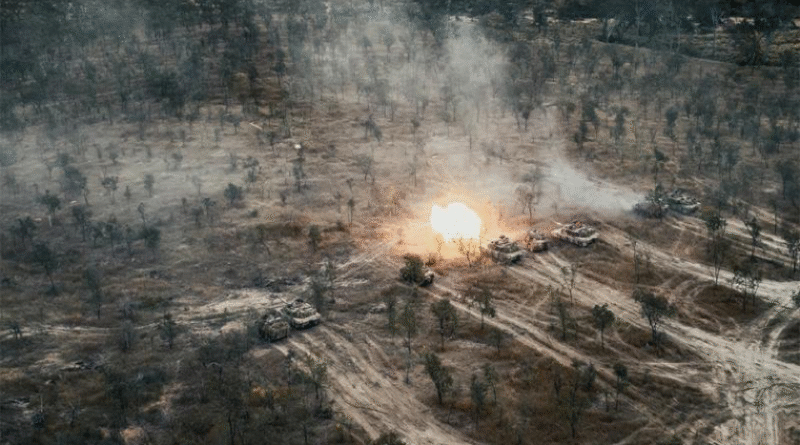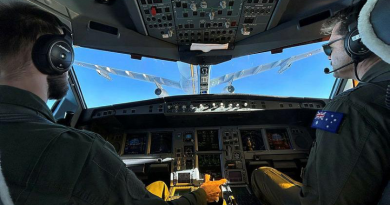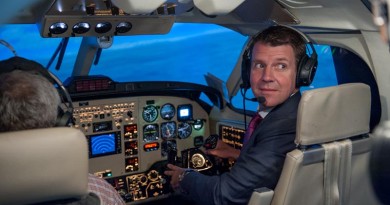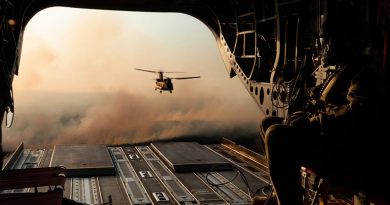Theory becomes reality for combat engineers

Combat engineering vehicles once only existed in theory for Lieutenant Colonel Ryan Mitchell.
CAPTION: M1A2 Abrams from 2nd Cavalry Regiment engage targets during a heavy armoured capability system live-fire exercise at the Townsville Field Training Area, Queensland. Story by Warrant Officer Class 2 Max Bree. Photo by Lance Corporal Christien Vestergaard.
The combat engineer officer spent the better part of 20 years hypothetically using assault breachers and bridging vehicles during tactical exercises without troops.
But that changed in August when the M1150 assault breacher vehicle and M1110 joint assault bridge arrived at 3rd Combat Engineer Regiment (3CER).
“We used to play YouTube clips to demonstrate what these vehicles could do,” the 3CER commanding officer said.
“To have them physically with us, testing and evaluating how they work; they’ve been incredibly impressive. They do what it says on the label.”
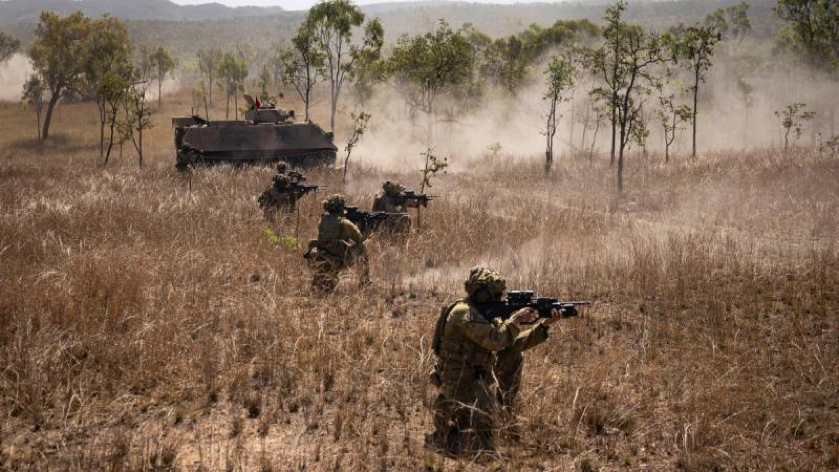
CAPTION: Soldiers from 3rd Battalion, the Royal Australian Regiment, conduct a dismounted assault during a heavy armoured capability system live-fire. Photo by Lance Corporal Caitlyn Davill.
The vehicles enable the unit to breach obstacles they previously couldn’t, such as anti-tank minefields and ditches, while also speeding up the process for other tasks.
Lieutenant Colonel Mitchell said how fast a clearance was depended on an obstacle’s complexity.
“Two to three minutes to reduce an anti-tank minefield, three to four minutes to reduce an anti-tank ditch,” he said.
“That’s then enabling the assault force to move through unimpeded to clear the objective.
“Combine that with capabilities we had previously but now mounted in an armoured platform. That enables us to support an armoured formation.”
CAPTION: From left, an Army M1150 assault beacher vehicle and an M1110 joint assault bridge prepare to advance during a heavy armoured capability system live-fire exercise. Photo by Lance Corporal Caitlyn Davill.
The total number of vehicles the unit will operate is yet to be finalised, but they reached initial operating capability with a troop of 12 breaching and six bridging vehicles.
This was mixed with sappers in M113s, and in future there will be Redback infantry fighting vehicles to form the armoured combat engineer system.
Lieutenant Colonel Mitchell said the regiment would also undergo a cultural shift to manage maintenance and sustainment of the new vehicles, which increased the unit’s logistics needs by about 200 per cent.
“But that’s been factored into the project delivery and introduction into service across the brigade,” he said.
“It’s not just about one individual unit; it translates to additional support required from [3rd Combat Service Support Battalion] 3CSSB, [10th Force Support Battalion] 10FSB and [Joint Logistics Unit (North Queensland)] JLU NQLD.
“They’re all ready to support the armoured brigade’s transition.”
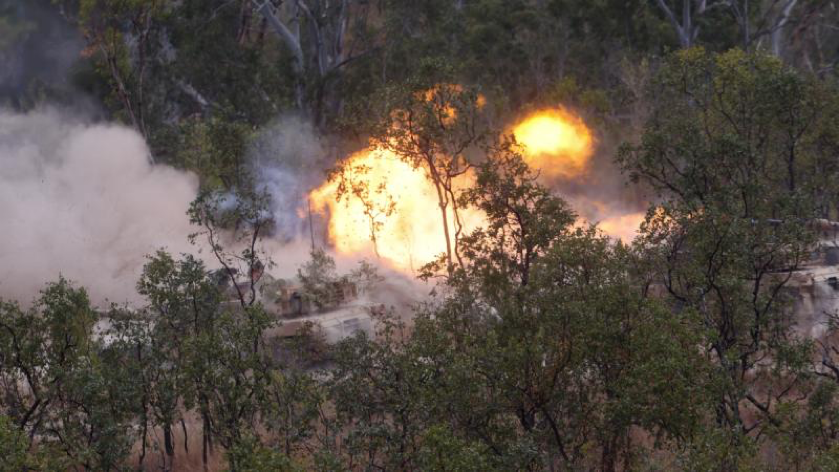
CAPTION: An Australian Army M1A2 SEPv3 opens fire during a demonstration of the 3rd Brigade’s heavy armoured capability system. Photo by Warrant Officer Class 2 Max Bree.
.
.

.
.

